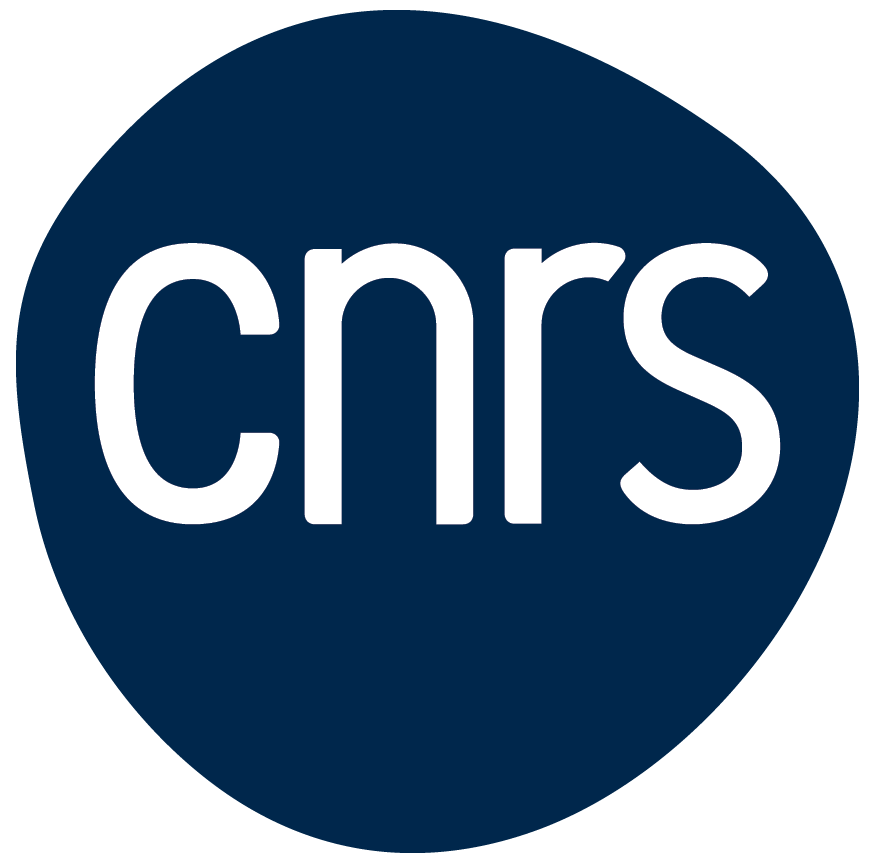 Functional surfaces are designed to optimise their relations to liquids : sticking, repellent, flowing, but locally etc... We investigate the interactions between liquids and surfaces, and how they couple to liquid flow.
Functional surfaces are designed to optimise their relations to liquids : sticking, repellent, flowing, but locally etc... We investigate the interactions between liquids and surfaces, and how they couple to liquid flow.
 |
Fast dewetting on patterned surfacesHow do patterned surfaces affect the dewetting dynamics ? We have used two complementary experimental set-ups to investigate this question. The results and the implications for dewetting models are discussed here. |
Dynamic dewettingUsing tubes, we can force dynamic dewetting with different menicus curvatures. With this trick we can control the deposited film thickness when otherwise it would be set by gravity only. To see how this happen , check this paper. |
 |
 |
Skewed surfacesSuitably modified surfaces can compel drops to always go in the same direction. We explain how these devious surfaces work. |
Efficient superhydrophobic surfacesSuperhydrophobic surfaces require surface textures to reduce liquid-surface interaction. However, as a side effect, the liquid stays pinned to the textures so that in the end, the interaction |
|
 |
Floating inksA traditional japanese artistic practice is the 墨 流 し (suminagashi) or "floating inks". The technique is used for age old style works of art, but also for contemporary creation. Discover how liquids spread on liquids, and the noble art of suminagashi ! |
Photoinduced superhydrophilicityEnvironmental concerns have recently spurred a quest for materials that stay clean, such as TiO2, when subjected to the combined action of sunlight irradiation and exposure to rain. However, the fundamental mechanism that governs the self-cleaning properties of TiO2 still needs to be elucidated. |
 |


